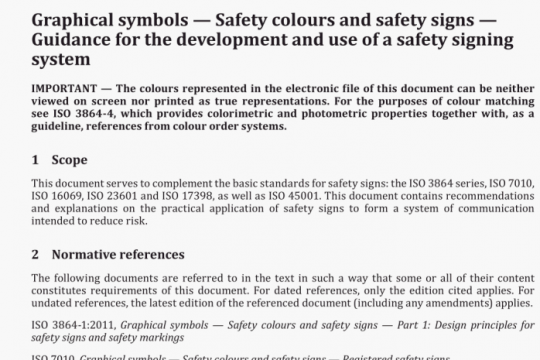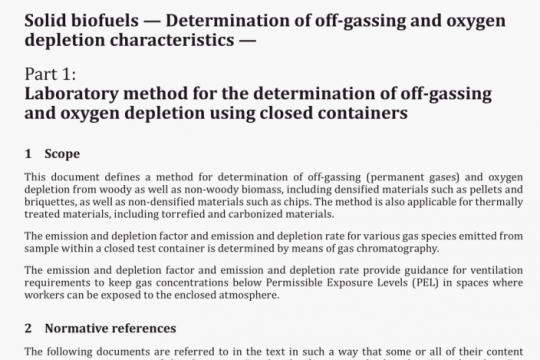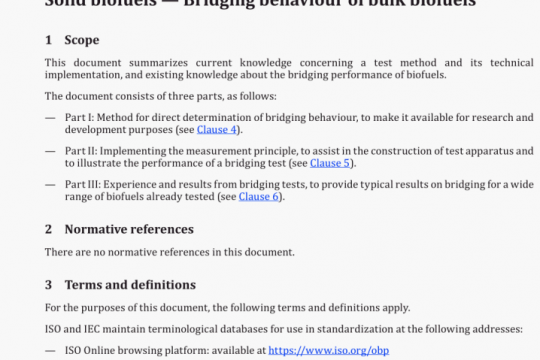BS ISO 16134 pdf free download
BS ISO 16134-2020 pdf free download.Earthquake-resistant and subsidence – resistant design of ductile iron pipelines.
This document specifies the design of earthquake-resistant and subsidence-resistant ductile iron pipelines suitable for use in areas where seismic activity and land subsidence can be expected. It provides a means of determining and checking the resistance of buried pipelines and gives example calculations. It is applicable to ductile iron pipes and fittings with joints as specified in ISO 2531. ISO 7186 and ISO 16631 that have expansion/contraction and deflection capabilities, used in pipelines buried underground.
NOTE Subsidence Is not the effects of an earthquake ora sinkhole.
2 Normative references
The following documents are referred to in the text in such a way that some or all of their content constitutes requirements of this document. For dated references, only the edition cited applies. For undated references, the latest edition of the referenced document (including any amendments) applies.
ISO 2531. Ductile iron pipes fittings, accessories and their joints for water applications
3 Terms and definitions
For the purposes of this document, the terms and definitions given in ISO 2531 and the following apply.
ISO and IEC maintain terminological databases for use in standardization at the following addresses:
— ISO Online browsing platform: available at https://www.iso.org/obp
— IEC Electropedia: available at http://www.electropedia.org/
3.1 burying
placing of pipes underground in a condition where they touch the soil directly
3.2 response displacement method
earthquake-resistant calculation method in which the underground pipeline structure is affected by the ground displacement in its axial direction during an earthquake
3.3 liquefaction
phenomenon in which sandy ground rapidly loses its strength and rigidity due to repeated stress during an earthquake, and where the whole ground behaves just like a liquid
3.4 earthquake-resistant joint
joint having slip out resistance as well as expansion/contraction and deflection capabilities
3.5 flexible joint
joint having expansion and deflection capabilities
4 Earthquake-resistant design
4.1 Seismic hazards to buried pipelines
In general, there are several main causes of seismic hazards to buried pipelines:
a) ground displacement and ground strain caused by seismic ground shaking;
b) ground deformation such as a ground surface crack, ground subsidence and lateral spread induced
by liquefaction;
c) relative displacement at the connecting part with the structure, etc.;
d) ground displacement and rupture along a fault zone.
Since the ductile iron pipe has high tensile strength as well as the capacity for expansion/contraction and deflection from its joint part, giving it the ability to follow the ground movement during the earthquake, the stress generated on the pipe body is relatively small. Few ruptures of pipe body have occurred during earthquakes in the past. It is therefore important to consider whether the pipeline can follow the ground displacement and ground strain without slipping out of joint when considering its earthquake resistance. The internal hydrodynamic surge pressures induced by seismic shaking are normally small enough not to be considered.BS ISO 16134 pdf download.




